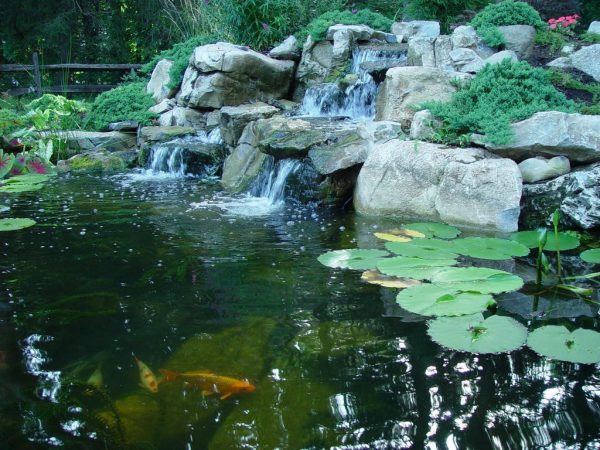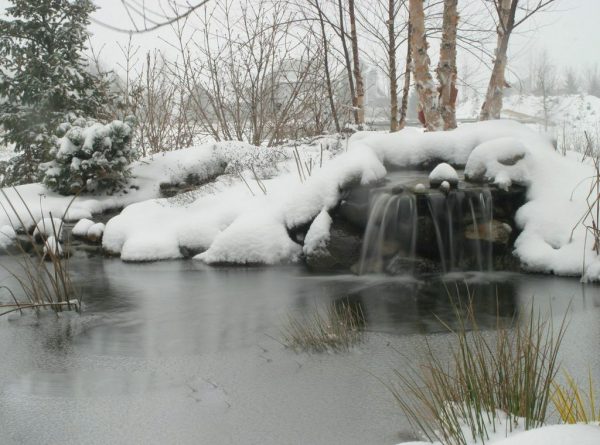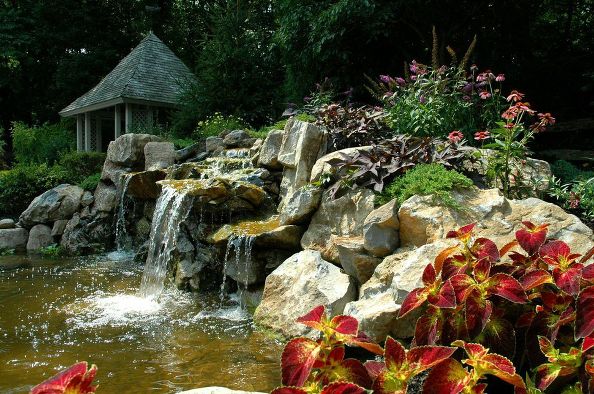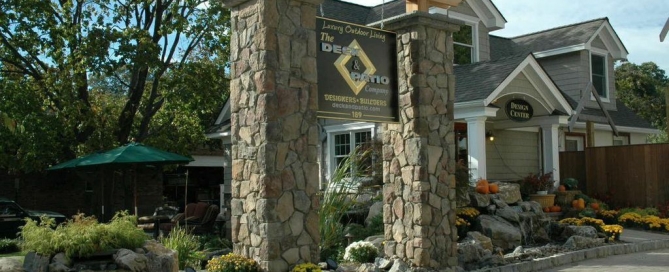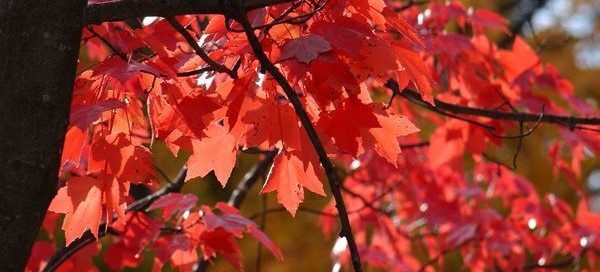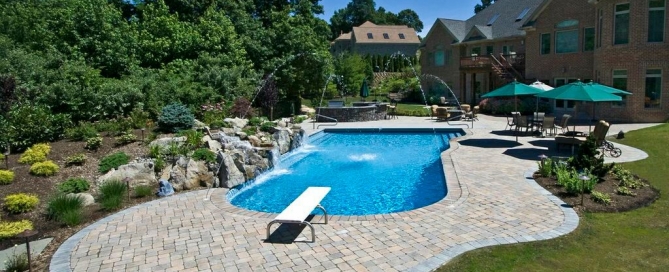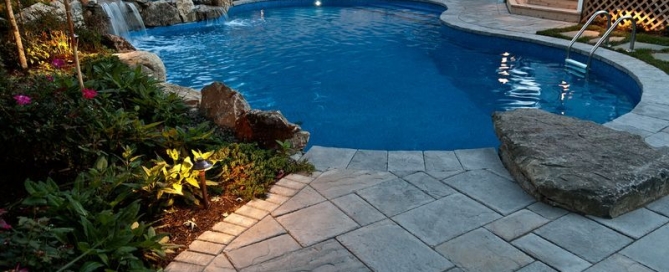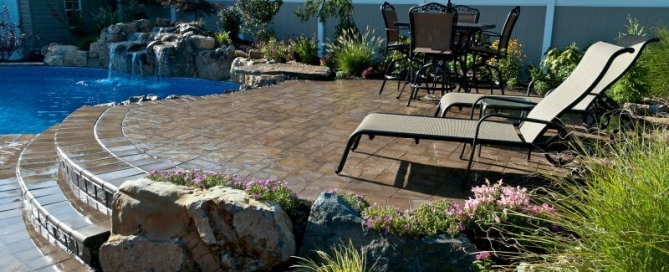Keeping Pond Fish Safe and Healthy in Winter
Updated 11-30-23
If you’ve seen to fall maintenance for your pond already, you’re on your way to ensuring a safe and healthy pond in winter. By fall maintenance, we’re referring to cleaning the skimmer basket, trimming any dead or dying foliage, preparing your waterlilies for winter, etc.
And you also need to add cold water bacteria to help keep the water clean and clear.
Getting Ready for Winter
It is a common myth that you can’t leave your pond fish outside once the cold sets in. Actually, fish do just fine during winter. That said, Deck and Patio’s own Dave Stockwell does caution to be alert. When ice covers the pond, the fish might not be getting enough oxygen.
This can be remedied as long as you give them:
- two feet of water to swim in,
- oxygenate the water,
- and keep a hole in the ice with a heater, bubbler and an aerator. This allows the naturally produced gasses to escape from under the ice.
If the above efforts fail to keep it from freezing, Aquascapes Inc. designs manager suggests using a pond de-icer. “This will keep a little hole in the ice so gases can escape,” he says. “While some recommend boiling water to create an opening in frozen-over ponds, that should be discouraged. It will only ice up again quickly.“
Gronwick also says to avoid chopping or sawing the ice to open a hole. The noise and vibrations will stress out the hibernating fish to a point they could die.
That done, Mother Nature will do the rest. The fish will spend the entire winter hibernating at the bottom of the pond, or in a cave designed for this, and then will slowly wake up as the water warms in the spring. The fish do not need to eat during this time and, in fact, shouldn’t be fed at all.
As mentioned above, before winter sets in, fall maintenance is important. For example, carefully look over your plant material and remove dying plant material. These materials rot and build up poisonous gases that can’t escape through ice when it forms. Such conditions might mean the koi are no longer simply hibernating, but are in a dangerous state of torpor.
Keeping any waterfalls running during cold months helps move the water so ice doesn’t form. But if ice builds up, pond aerators can put bubbles back in the water to add oxygen for the fish.
This pond has been cleared of excessive plant material and ice does not cover over the pond so that the fish are happily hibernating.
Hardy water lilies (shown here) that float on the water’s surface and have a short blooming period can withstand the cold winter months nicely. Lotuses also can withstand the cold winter months because they bloom in summer and go dormant in winter. Note that frost kills water hyacinths; water lettuce, which fights algae, should be wintered in a warm spot that is well lighted as they will not survive in the pond over winter.
To be on the safe side, take water temperature regularly once it hits 55 or lower. If your pond jewels are hungry and moving about and you haven’t fed them, they will find something in the pond to eat and soon will be dormant anyway.
Ask your pond designer/builder to create a small cave, or caves, where the fish can hide and also lay dormant during the winter months. Caves are easily made from the way rocks are positioned in and around the pond.
If you have any questions, or require assistance in preparing your pond for winter, give us a call:
631-549-8100



